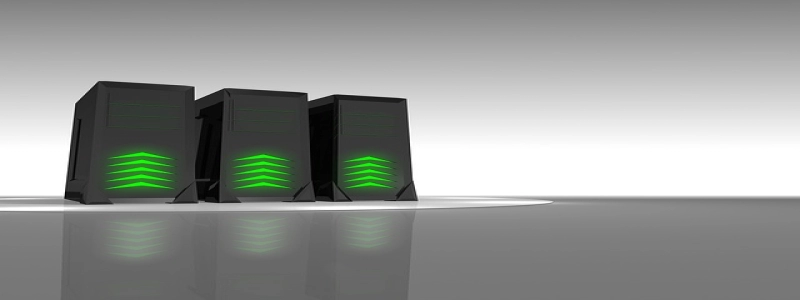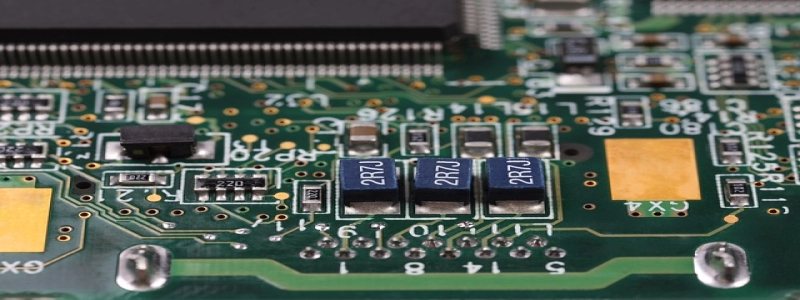Single Mode Fiber vs Multimode
Introduction:
In today’s world, the demand for high-speed and reliable communication is ever-increasing. To meet this demand, fiber optic cables have emerged as the preferred choice for transmitting data over long distances. However, there are two main types of fiber optic cables available: single mode fiber and multimode fiber. In this article, we will explore the differences between these two types and discuss their respective advantages and disadvantages.
1. Definition:
1.1 Single Mode Fiber:
Single mode fiber (SMF) is a type of optical fiber that allows only one mode of light to propagate. It has a smaller core diameter (about 8-10 micrometers) compared to multimode fiber. Due to its narrow core, single mode fiber enables the transmission of light in a straight line, resulting in less signal loss and dispersion.
1.2 Multimode Fiber:
Multimode fiber (MMF) is an optical fiber that allows multiple modes of light to propagate. It has a larger core diameter (typically ranging from 50-62.5 micrometers) compared to single mode fiber. Due to its larger core, multimode fiber allows multiple beams of light to travel simultaneously, resulting in higher signal loss and dispersion.
2. Transmission Distance:
2.1 Single Mode Fiber:
Single mode fiber offers a longer transmission distance compared to multimode fiber. With its low signal loss and dispersion, single mode fiber can transmit data over tens or even hundreds of kilometers without the need for signal regeneration. This makes it ideal for long-distance communication applications such as telecommunication networks.
2.2 Multimode Fiber:
Multimode fiber, on the other hand, is suitable for shorter transmission distances. It is commonly used in local area networks (LANs) and data centers where distances are within a few kilometers. Beyond this range, the signal loss and dispersion in multimode fiber become significant, limiting its usefulness for long-distance applications.
3. Bandwidth and Speed:
3.1 Single Mode Fiber:
Single mode fiber provides a higher bandwidth compared to multimode fiber. This means it is capable of transmitting data at higher speeds, making it suitable for high-demand applications such as video streaming, cloud computing, and teleconferencing.
3.2 Multimode Fiber:
Multimode fiber, although it has a lower bandwidth compared to single mode fiber, is still capable of transmitting data at sufficient speeds for most local area network applications. It is commonly used for connecting devices within a limited area, such as between computers in an office or between switches in a data center.
4. Cost:
4.1 Single Mode Fiber:
Single mode fiber is generally more expensive than multimode fiber. The smaller core diameter and tighter manufacturing tolerances mean that single mode fiber requires more precise equipment and careful installation. However, considering its longer transmission distance and higher bandwidth, the additional cost is often justified for applications that require reliable and high-performance communication.
4.2 Multimode Fiber:
Multimode fiber is relatively cheaper compared to single mode fiber. The larger core diameter and less stringent manufacturing tolerances make it easier and more cost-effective to produce. This makes multimode fiber a preferred choice for applications where cost is a major consideration, such as LANs and shorter distance communications.
Conclusion:
In summary, single mode fiber and multimode fiber have distinct differences in terms of transmission distance, bandwidth, speed, and cost. Single mode fiber is capable of longer transmission distances and higher bandwidth, making it suitable for long-distance and high-demand applications. Multimode fiber, on the other hand, is more cost-effective and useful for shorter distance communications. Understanding the differences between these two types of fiber optic cables allows us to make informed decisions when choosing the most appropriate solution for our specific needs.








